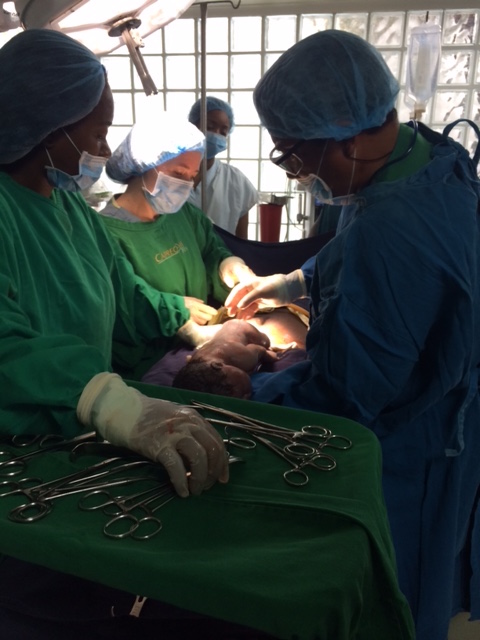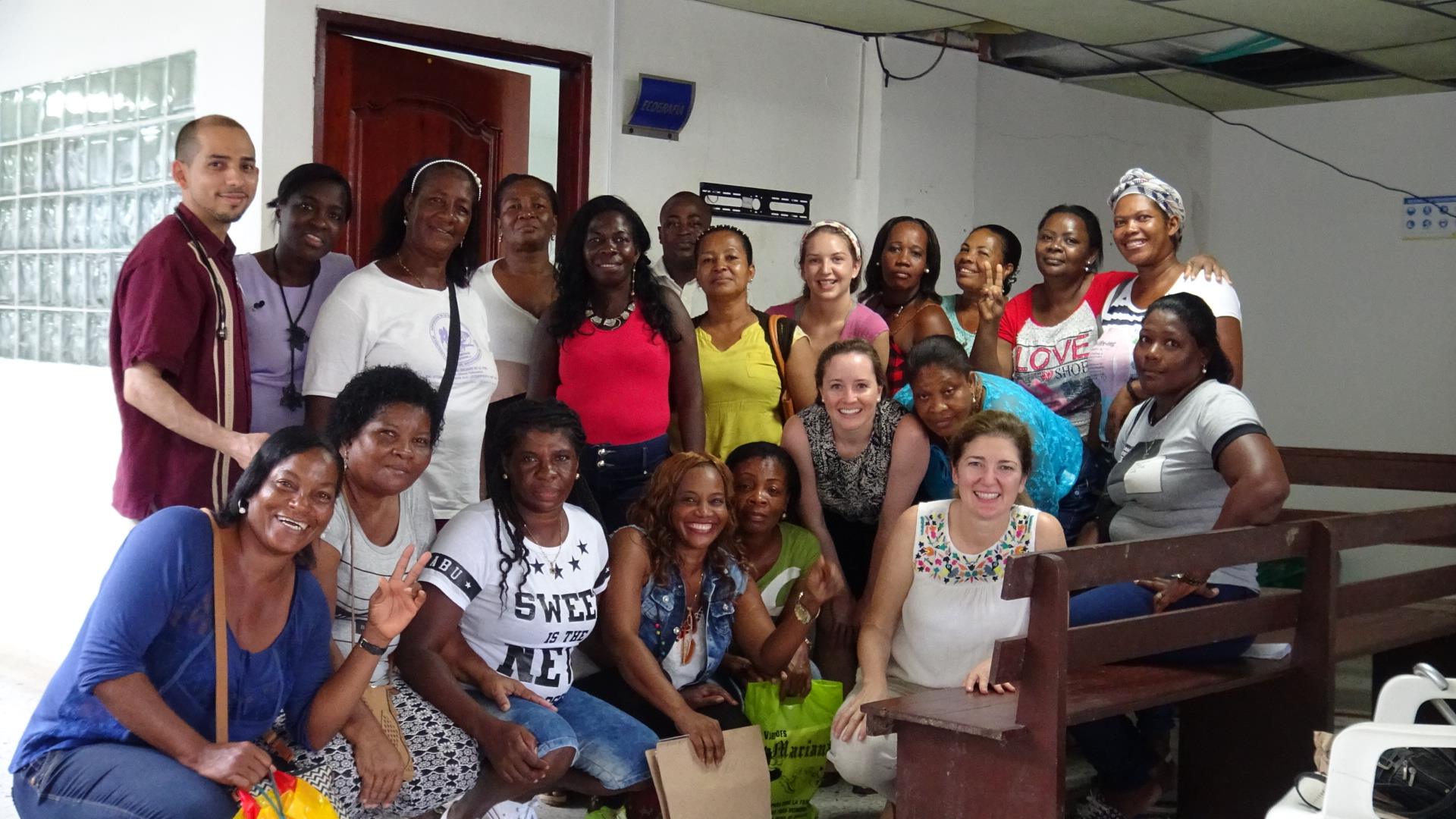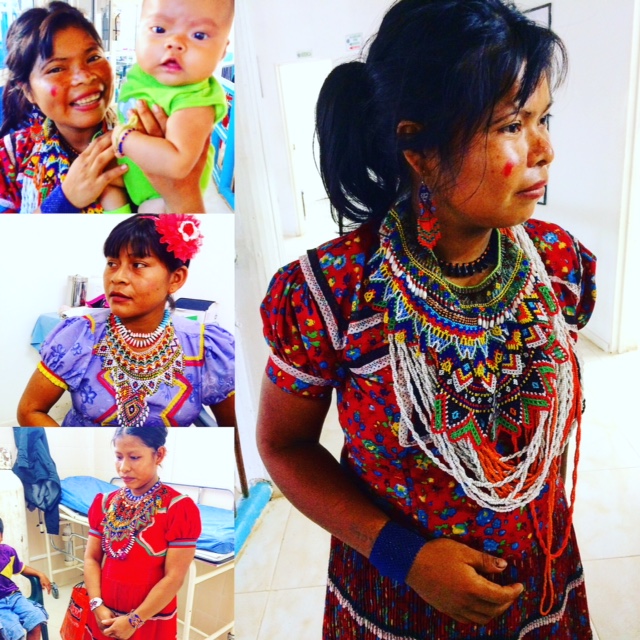Written by Christina Kinnevey, MD, Fellow at Kaiser Permanente Napa-Solano Community Medicine & Global Health…
Labor and Delivery, Traditional Birth Attendant Training, and Women’s Health – Sarah Simmons, MD
Written by Sarah Simmons, MD, PGY-2 at Kaiser Permanente San Francisco Obstetrics & Gynecology Program while on Global Health rotation at Funbichoco/Hospital San Francisco de Asis, E.S.E., in Quibdo, Choco, Colombia in January-February 2017.
I had been to Colombia before, but under much different circumstances as a tourist visiting the country’s largest tourist attractions of Bogota and Cartagena. This time I flew into Quibdo, a small city of 100,000 inhabitants that many Colombians have never been to, let alone foreigners.
Quibdo is humid, densely packed, surrounded by thick rainforests, and located near the Pacific Coast. It is separated from more major cities by muddy, unpaved roads and a network of rivers. Quibdo is located in the poorest state of Colombia (Choco) and is inhabited largely by Afro-Caribbeans, although there is a minority indigenous population who live on the city’s outskirts and neighboring villages reachable by boat.
Our first week was spent working shifts on Labor and Delivery at San Francisco Hospital working side by side with local Family Medicine and OB/GYN physicians delivering babies, triaging consults, and rounding on antepartum patients. Particularly unique cases included

malaria in pregnancy, miscarriage complicated by hepatic abscess and sepsis, and retained placenta for greater than 10 hours after a stillbirth delivery. Although San Francisco Hospital is the highest level hospital for the state, the hospital is lacking resources I have become accustomed to using: ultrasound, blood products, and intensive care capabilities. Without these resources, I was forced to rely more heavily on physical exam skills and prevention of obstetric hemorrhage. My favorite place on the labor and delivery unit was in the operating room because it was one of the only air conditioned rooms of the hospital!
In addition to working with local physicians in the hospital, we also worked with traditional birth attendants. Traditional birth attendants perform a large proportion of home deliveries in the most rural parts of Choco, oftentimes receiving minimal training passed down within families. Together with a pediatrics resident, we ran drills for shoulder dystocia, singleton breech vaginal delivery, and neonatal resuscitation.

The last part of the rotation was spent working in an outpatient clinic devoted to serving the indigenous population of Quibdo. The indigenous population of Colombia has the poorest access to organized health care, as they typically live in remote, hard to reach communities. While working in this clinic, I encountered the cultural, educational, and governmental barriers to accessible contraceptive options for women in Colombia.

This Post Has 0 Comments